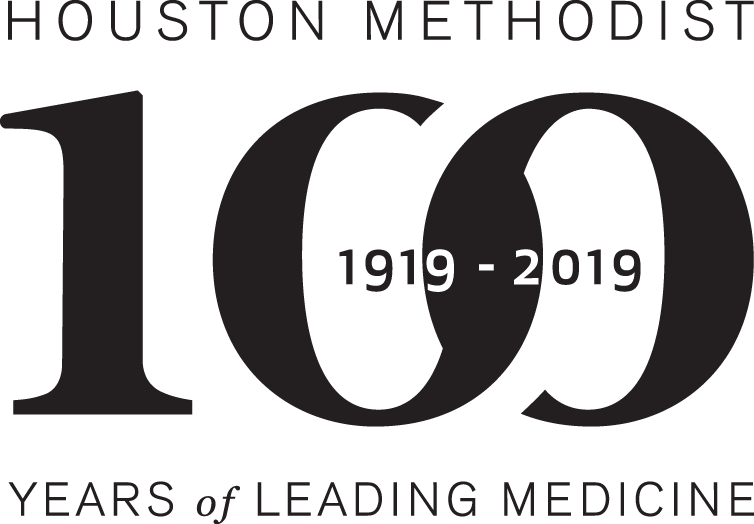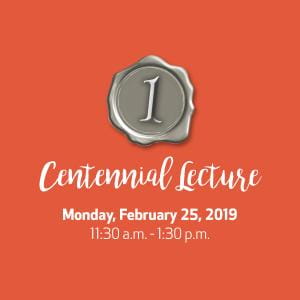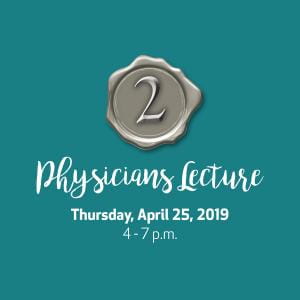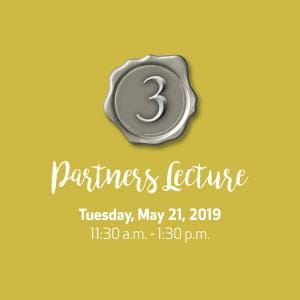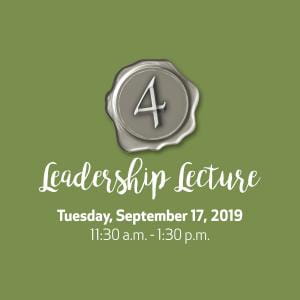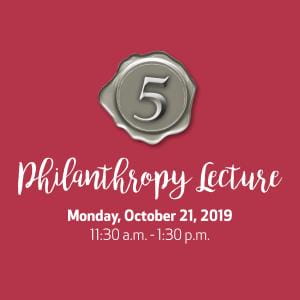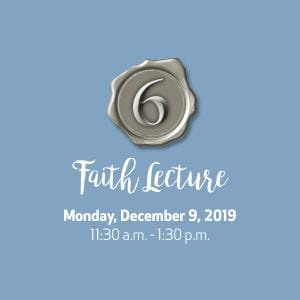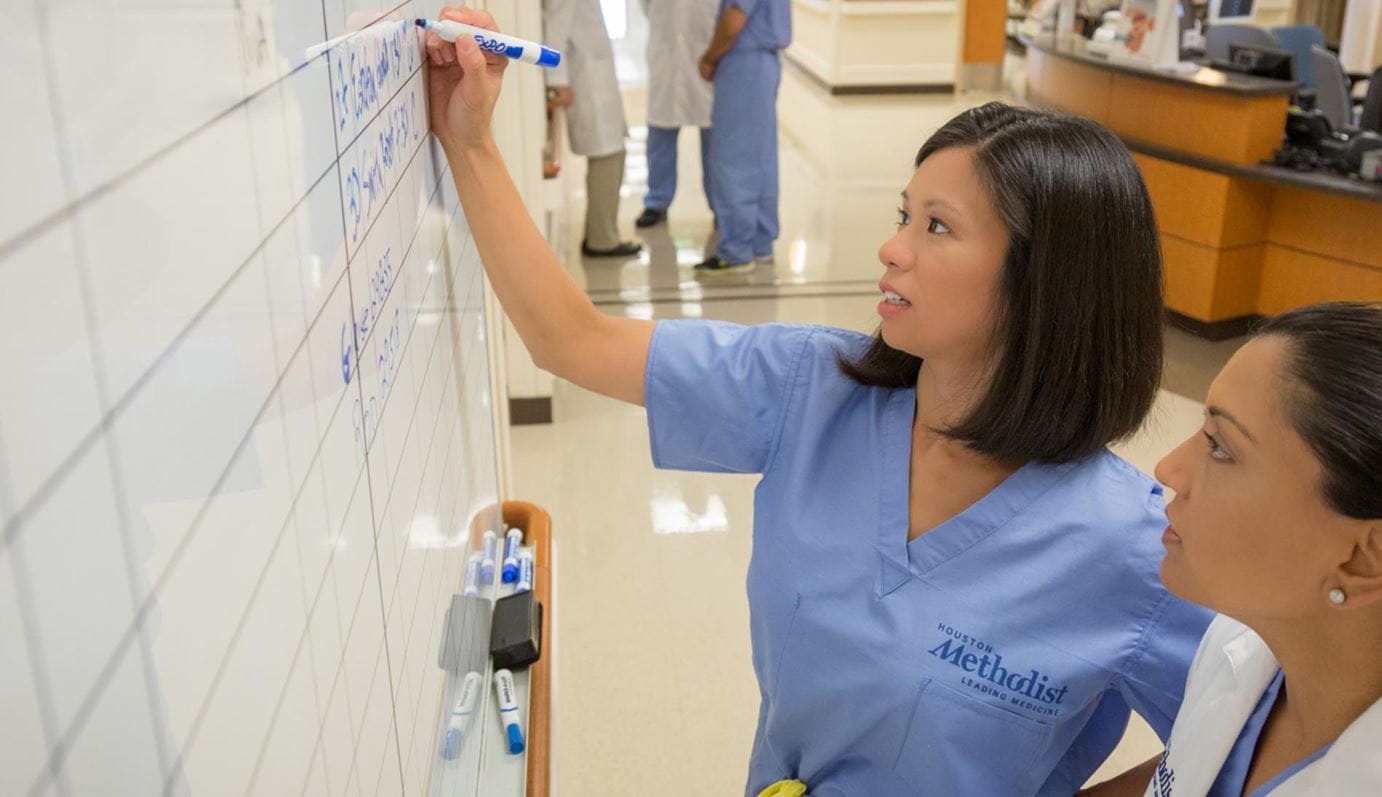About Houston Methodist
Houston Methodist’s mission is to provide high quality, cost-effective health care that delivers the best value to the people we serve in a spiritual environment of caring. A nonprofit health care organization with a century of experience, Houston Methodist has a legacy of medical milestones that attracts patients from around the world. With 23,500 employees, eight hospitals—including the flagship location in the Texas Medical Center—the institution is internationally recognized as a leading academic medical center.
